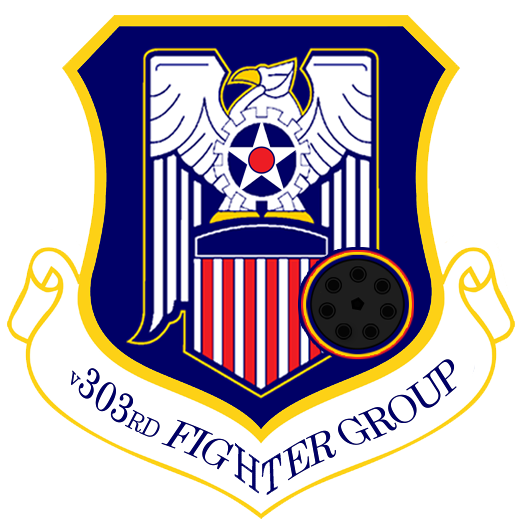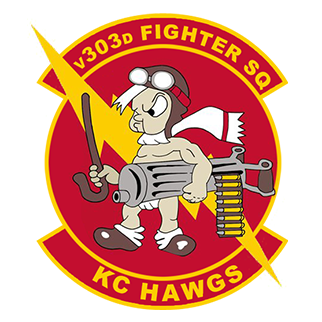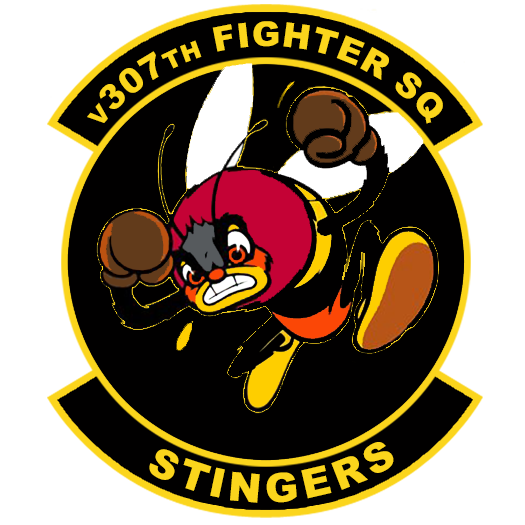On September 11, 2001, American lives changed suddenly when hijackers took control of four civilian aircraft, targeting major American locations, including the World Trade Center and the Pentagon. With a fourth hijacked plane still in the air, First Lieutenant (later major) Heather Penney of the 121st Fighter Squadron of the Air National Guard and her commanding officer, Colonel Marc Sasseville (later Lieutenant General), took to the sky in their F-16s.
The duo received one-way orders to stop United Airlines Flight 93 as it headed towards Washington, DC. Armed with shoot to kill orders, but no weapons, they were on a suicide mission with full intention of ramming the Boeing 757 in order to protect national security. After sweeping the DC airspace for over an hour, the pilots learned the passengers had forced the aircraft down in a Pennsylvania field.
Their mission was simple but sobering: Find the airliner and take it down by any means necessary. Since there had been no time to arm their F-16s, that essentially meant they would be flying a kamikaze mission, ramming their jets into the airliner. “I’m going to go for the cockpit,” Sass told her. “I’ll take the tail,” Lucky replied.
Penney was hoping to have enough time to eject after the impact, but was keenly aware that she’d have to stay with the F-16 until it struck the airliner. “It was very clear that, yeah, this was” - Penney declined to finish the thought—probably going to be a one-way mission.
Normally, an F-16 preflight took 10 to 20 minutes. Now, she and Sasseville were rolling within seconds; the crew chiefs were “still under the jet, pulling pins” even as the fighters surged forward, she said. In two minutes, at full afterburner, they were airborne.
It was about 10:40 a.m., just an hour after American Flight 77 had struck the Pentagon, and Sasseville and Penney knew they had a grim mission. At least one airliner was still believed inbound toward Washington, D.C. Their job was to get over the city as soon as they could and act as the “goalie” CAP: to bring down any aircraft ignoring orders to turn away.
As Sasseville and Penney screamed skyward, banking toward the Potomac River and Washington, Penney said the whole scene was dream-like. In the center of an extremely congested triangle of commercial airports—Reagan National and Dulles in Virginia, and Baltimore-Washington in Maryland—D.C. was typically abuzz with airliners, business jets, and general aviation airplanes. Sometimes, it could take two minutes to get departure clearance from Potomac Control—an eternity in a gas-guzzling F-16.
By midmorning on 9/11, however, nothing else was up and airborne.
“It was eerily silent,” Penney recalled. “That part was very surreal.”
Sasseville and Penney flew over the Pentagon, then proceeded west-northwest, as instructed, looking for the inbound airliner. In the confusion of the morning, they were looking for United Airlines Flight 93, which, unknown to them, had already crashed in Shanksville, Pa.
F-16s from the North Dakota ANG soon arrived and also took up station, having flown up from Langley Air Force Base, Va. The D.C. and North Dakota F-16s set up a high-low CAP, with the Fargo jets staying above 18,000 feet, looking for inbound threats from over the ocean, while Penney’s flight stayed low, on the lookout for threats trying to sneak in at low altitude, as the previous attacks had done.
Because they had been dispatched by NORAD, the Fargo Vipers were joined by a tanker, and all the F-16s over Washington took turns refueling.
Their flight path from Andrews took them over the Pentagon, and “there was no way to avoid seeing the smoke that was billowing out of the building,” she said. “I didn’t dwell on that because we had more important things to do.” Penney described feeling disconnected from her emotions as she focused on the mission: “It was a completely surreal experience.”
She and Sasseville headed northwest into Pennsylvania, searching for the airliner but careful not to go too far. “We went out as far as Sass thought was reasonable to ensure that we had sanitized the airspace far out enough,” she said, “but then we needed to turn back home so that we could get over D.C. and make sure we weren’t flanked.” It would be some time before she learned that the airliner they were searching for, United Flight 93, had been taken down by a courageous group of passengers. Penney called them the real heroes because they were willing to sacrifice themselves, but then so was she.
They remained up for four hours, and when Penney and Sasseville landed back at Andrews they left plenty of other interceptors over the city. Upon landing, they were whisked to a room “with more generals than I’d ever seen in my lifetime,” Penney said.
“We stood at the head of an oval table in front of the entire group, and it was standing room only, and they asked us all sorts of questions about the morning and the sorties, and what we had seen,” she said. It was heady stuff for a first lieutenant who had only been assigned to the base for nine months.
Almost immediately, the two F-16s relaunched—now fully armed—to fly another four-hour mission over the capital.
During this second sortie, they received instructions over the encrypted radio to escort Air Force One, which was inbound on its way to Andrews. “I then flew point, leading the package back,” Penney said. “The first sortie, we were far more focused on doing the task at hand,” she said. Hours later, it was still “hard to believe” what had happened.
Penney spent some of the time on the second sortie above the Pentagon, looking down at it with her jet aircraft’s infrared targeting pod, trying to get the events of the day to seem more real.
Asked about the lasting effects of 9/11, she said, “It fundamentally altered the vector of history, and we are all living with the impact of those events today. And I think that many of the tragedies that we see unfolding today are directly traceable…back to that moment in time.” Penney laments the freedoms that Americans have sacrificed in the name of security, pointing out that “being American is about adhering to certain beliefs and ideals and dreams that bind us all together….But with that comes risk, and if we’re unwilling to accept risk, then we lose something that makes us essentially Americans.”
“I think the challenge we all have is to remain connected to those ideals, to those beliefs, to that kind of courage and live that out in our daily lives of service,” said Penney. “And remember that there are things in this world that are more important than ourselves…that are more important than security.”
Interview Part 1:
Interview Part 2:
Last edited:



